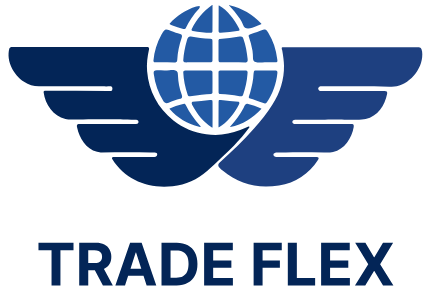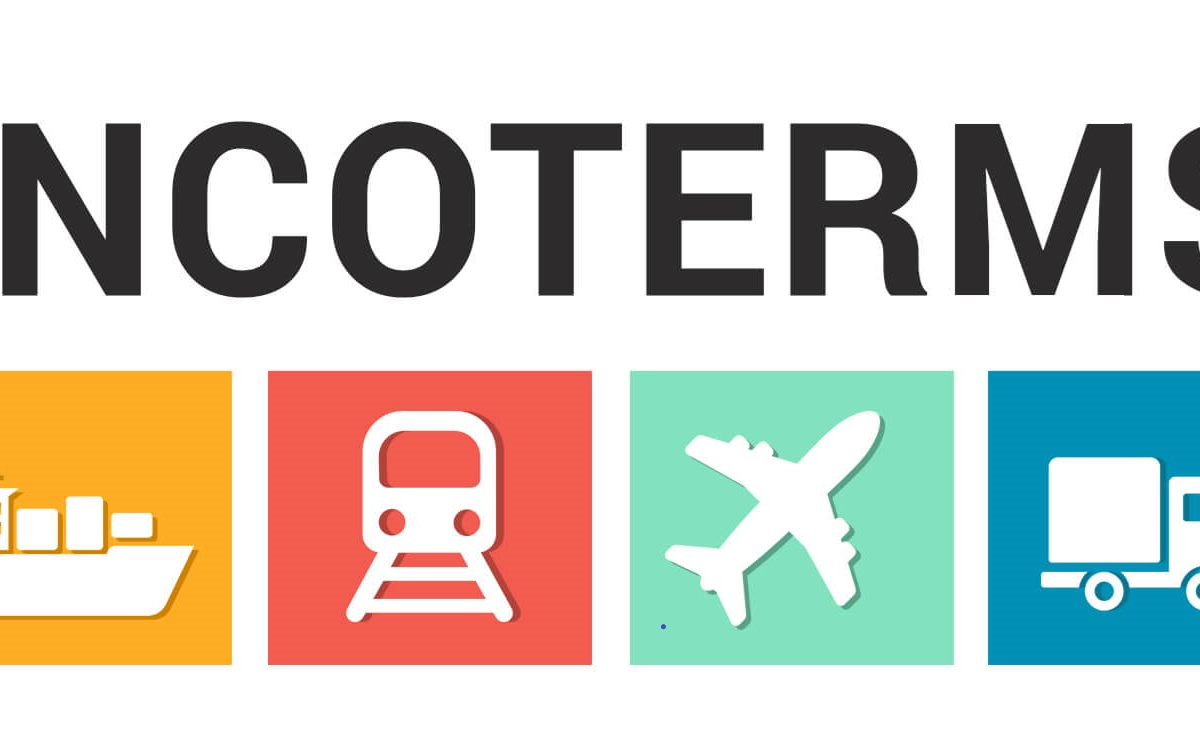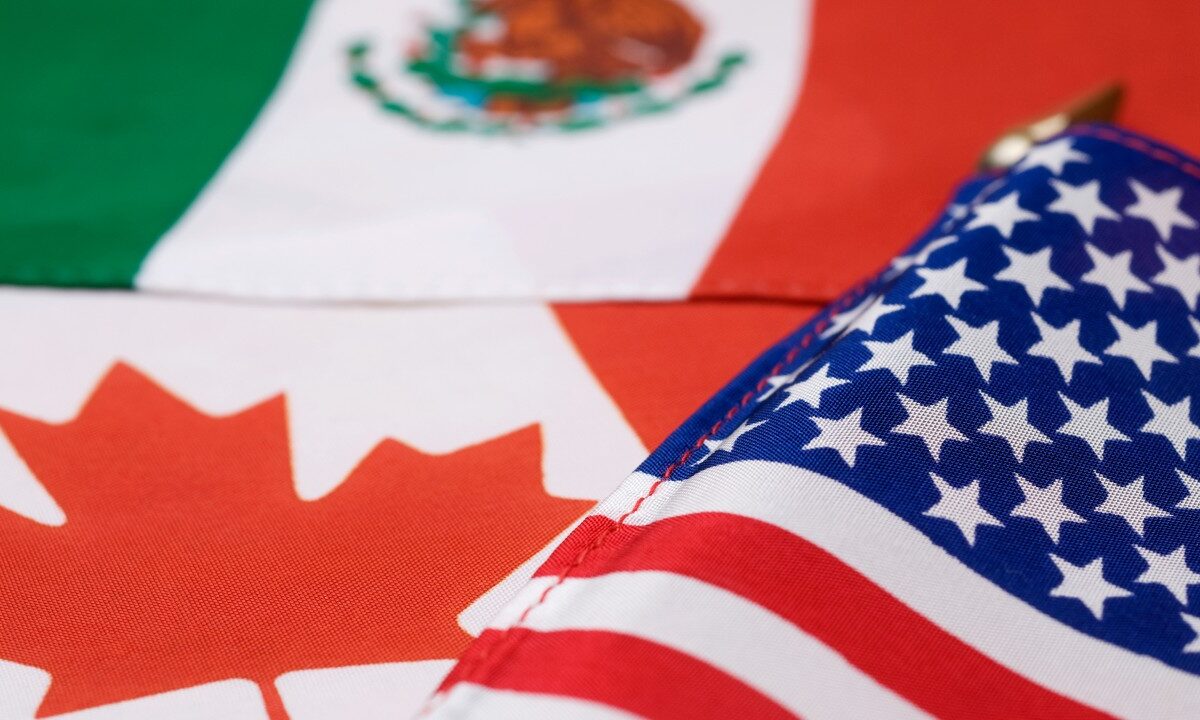This article is written by Austin Garcia
Recent policy changes and economic initiatives have significantly reshaped the landscape of North American trade and investment. From Mexico’s nearshoring incentives to President Donald Trump’s new tariff strategies, these developments hold substantial implications for the region’s future economy.
Mexico’s Nearshoring Incentives
President Claudia Sheinbaum has introduced a substantial 30 billion peso ($1.5 billion) nearshoring incentive package as part of her comprehensive Plan México. This initiative aims to enhance regional integration and position Mexico as a leading destination for manufacturing and innovation. The incentives include generous tax deductions of up to 91% for investments in fixed assets. Companies investing in new machinery, training programs, and innovation stand to benefit significantly. This move is anticipated to reduce Mexico’s reliance on Chinese imports and strengthen its supply chains within North America.
EV Investment and Supply Chain Challenges
Despite ongoing challenges, significant investments in the electric vehicle (EV) supply chain are ongoing. Major Canadian companies have committed substantial funds to new projects, such as Neo Battery Materials Ltd.’s $120 million silicon anode manufacturing plant in Windsor and InMotion Ventures Ltd.’s $2 million investment in Cyclic Materials Inc. However, the sector faces uncertainties due to policy shifts, particularly with President Trump’s recent decision to pause funding for EV projects under the Inflation Reduction Act. These actions could disrupt progress in the EV supply chain, despite some industry insiders remaining optimistic about Trump’s cautious approach to critical materials processing and production.
Trump’s Tariff Policies
President Donald Trump has announced extensive tariffs on steel, semiconductors, pharmaceuticals, and other essential imports. These measures aim to revitalize domestic production and reduce dependence on foreign-made goods. Trump has proposed imposing 25% tariffs on goods from Mexico and Canada, citing issues such as illegal migration and drug trafficking. These tariffs are expected to increase consumer prices, although Trump believes they are necessary to protect national interests.
Impact and Reactions
The reactions to these policies have been mixed. While some industry stakeholders are optimistic about the potential benefits of nearshoring and increased domestic production, others express concerns about the economic fallout from higher tariffs and policy changes. Economists warn that such tariffs could lead to increased inflation and slow down economic growth. Nonetheless, both Mexican and Canadian governments have shown their willingness to engage in dialogue and seek mutually beneficial solutions.
Future Outlook
The economic landscape of North America is undergoing significant transformation driven by new policies and investment strategies. Mexico’s nearshoring incentives, ongoing investments in the EV supply chain, and Trump’s tariff policies are shaping the future of trade and industry in the region. The coming months will be crucial in determining how these initiatives unfold and their long-term impact on the North American economy.
Here at TradeFlex, we provide business model analysis, manufacturing management strategies, duty tariff optimization, compliance management, regulatory consultation, duty reduction programs, supply chain and tariff engineering, and cross-border solutions. With over 30 years of experience, we help businesses land softly in Mexico, ensuring efficient, compliant, and cost-effective cross-border operations.



